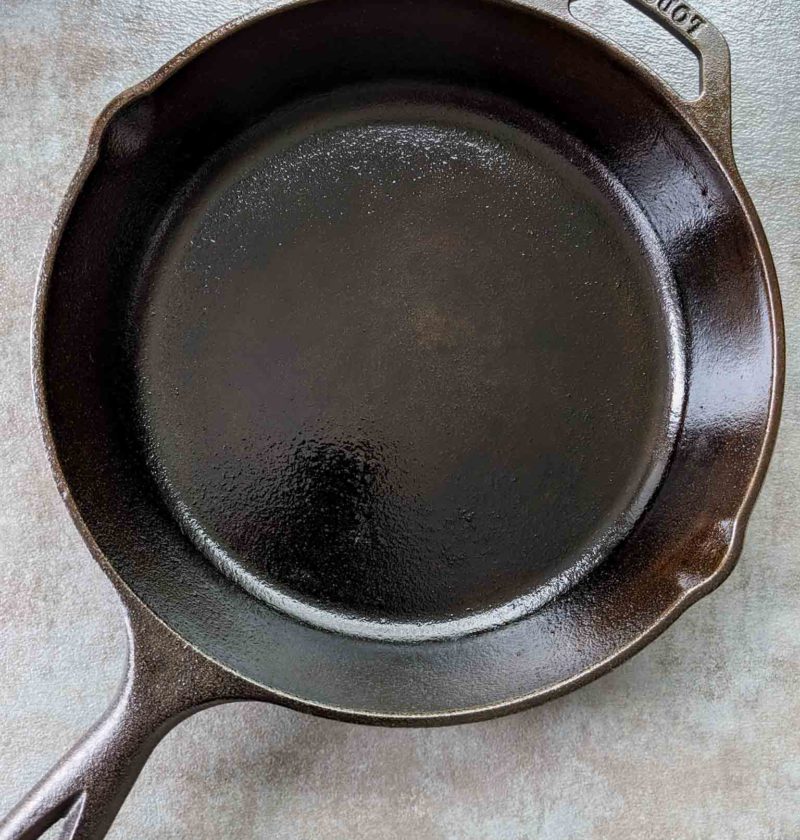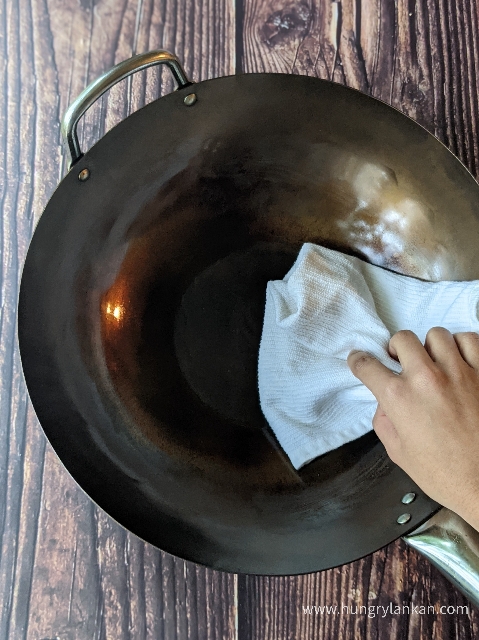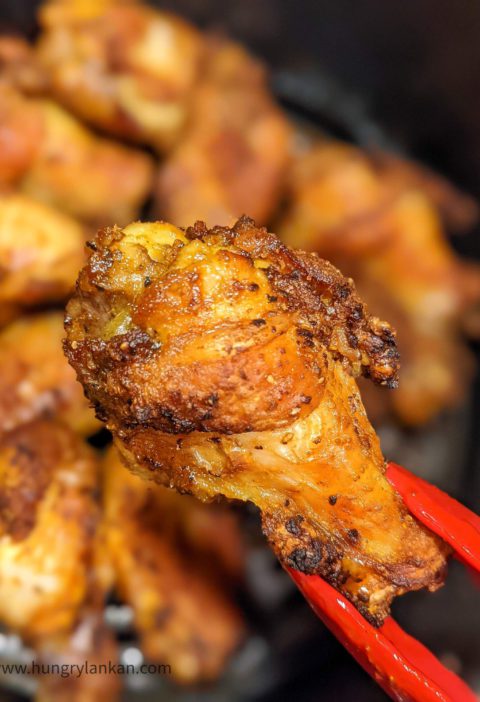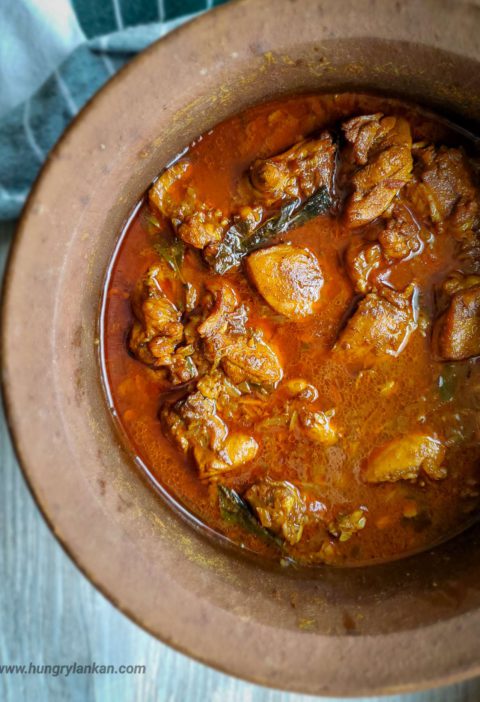Follow my easy and simple Step-by-Step instructions to get wonderful seasoning on your Cast Iron skillet. A nicely seasoned skillet is worth more than any cookware in the market.
Cast iron skillets are a popular choice among home cooks and professional chefs for a reason. They are durable, versatile, and distribute heat evenly. You can use them on the stove, in the oven, or on a grill, making them a versatile tool for cooking a variety of dishes. They are also non-stick when seasoned properly and can add trace amounts of iron to your food, making them a healthier option than non-stick pans.
Why Season a Cast Iron Skillet?
Seasoning a cast iron skillet involves baking oil into the skillet’s surface to create a non-stick coating that also helps prevent rust. This process is important because it helps to create a smooth, even surface that food won’t stick to, and also helps to protect the skillet from rust and other damage.
When a cast iron skillet is first manufactured, it is usually coated with a layer of oil to prevent rust during shipping and storage. However, this layer is not sufficient for long-term use and will wear off over time with use and cleaning. Seasoning the skillet helps to create a new layer of protection and also improves the skillet’s performance over time.
Here are the step-by-step instructions for seasoning a cast iron skillet:
1. Clean the skillet:
Before seasoning a cast iron skillet, it’s important to clean it thoroughly. You can do this by scrubbing it with a stiff-bristled brush (which I’ve linked below) and hot water. The skillet would look silver in color when you stripped any seasoning or rust that is left.
2. Dry the skillet:
Once the skillet is clean, use a clean towel or paper towel to dry it thoroughly. And then heat it on the stove to remove any moisture that is left.
3. Preheat the oven:
Preheat your oven to 450 degrees Fahrenheit/ 230 Celcius.
4. Apply oil:
Once the skillet is dry, apply a thin layer of oil to the surface of the skillet. You can use any type of oil, but many people prefer to use grapeseed oil or flaxseed oil. If you don’t have both of these oils, vegetable oil or canola oil works too.
Use enough oil to create a thin, even layer, but not so much that it drips or pools. I usually apply oil first with a paper towel, and then I wipe it with another dry towel. This way I can don’t end up with too much oil which can smoke like crazy.
5. Bake the skillet:
Open your windows first cause this process does make some smoke. Place the skillet upside down in the middle or top rack in the preheated oven. Place a foil-lined cookie sheet or an aluminum pan in the bottom rack of the oven to collect any drippings. You probably won’t have any drippings if you apply a thin layer of oil but just in case ;).
Bake the skillet for 1 hour. The exact baking time will depend on the size of the skillet and the type of oil used. If you have a large thicker skillet, let’s say a 14-inch one, then bake for about 1 hour and 30 minutes.
6. Let it cool:
Once the skillet has been baked, turn off the oven and let the skillet cool inside the oven. This will help prevent the oil from cooling too quickly and forming a sticky or uneven surface.
7. Repeat the process:
If you want to create a more durable seasoning on your cast iron skillet, you can repeat the seasoning process several times. Simply clean the skillet, apply a thin layer of oil, and bake it in the oven for 1-2 hours, letting it cool inside the oven each time.
Now that you know how to season a cast iron skillet, let’s take a look at why this process works:
How the Seasoning of Cast Iron Skillets Work:
When oil is heated to high temperatures, it undergoes a process called polymerization, in which the oil molecules break down and re-form into a hard, plastic-like coating on the surface of the skillet. This coating is what creates the non-stick surface that makes cast iron skillets so popular.
The process of seasoning a cast iron skillet also helps to create a layer of protection against rust and other damage. The oil coating helps to seal the surface of the skillet and prevent moisture from coming into contact with the iron, which can cause rust to form.
By following these simple step-by-step instructions, you can keep your cast iron skillet in top condition for years to come. Proper seasoning will help ensure that your skillet stays non-stick and rust-free, making it a valuable addition to your kitchen arsenal.





